History Of The Na Pali Coast
The Na Pali Coast is one of the most breathtaking spots in Kauai. Stretching 16 miles from end to end, this virtual slice of paradise is all the more precious, considering that much of it remains virtually untouched. Despite the–albeit modest‒development that has taken place on the rest of the island, the Na Pali Coast remains pretty much the same as it has always been.
Getting To The Na Pali Coast
Nature lovers with a taste for adventure have many ways to get to Na Pali. A plane ride offers the best view of the majestic cliffs that line the coast, while a na pali coast boat tour gives you the opportunity to enjoy the mesmerizing ocean waters. More adventurous travelers could also go on an 11-mile hike along a rocky path that leads directly to the farthest point of the coastline.
How Na Pali Coast Was Formed
Any way one chooses to go there, a visit to Na Pali Coast takes on a special meaning when you learn the story behind its creation. The magnificent hanging valleys that give way to lava rock bluffs trace their beginnings to volcanic eruptions millions of years ago. This resulted from immense pressure that had been building up underneath the seabed for thousands of years.
When the lava finally broke through, the resulting explosion resulted in the formation of numerous atolls and islands, one of which we now know as Kauai. Millions of years later, what was once a fiery mass of molten rock became a lush paradise that inspired the name the “Garden Isle”.
The First Inhabitants Of Na Pali
Historians believe that the first people in the area were trans-Pacific travelers who discovered the coast between 4 and 5 A.D. They were thought to have come from Micronesia on board simple canoes, guided only by the stars and constellations.
These first travelers to Kauai were responsible for the development of the traditional Hawaiian staple, poi. Made from taro root‒which the settlers brought with them on their journey‒the dish is still a major part of the local diet and is served with the simplest meals and the most fabulous luaus.
The Rise Of Hawaiian Culture
These pioneering seafarers did more than just bring taro root. They also played a primary role in the development of Hawaiian culture, with many of their customs and traditions still practiced more than 1200 years later. Even today, the deep connection to the environment and the respectful use of natural resources are traceable to these settlers.
Over time, the settlers grew in number and spread throughout the islands, forming small villages. These villages were part of an “Ahupua’a”, a traditional land unit stretching from the island’s center to the sea. Within every Ahupua’a are several resource zones, each of which was cultivated for specific purposes.
The early Hawaiians were governed by a strict code of laws that incorporated tribal customs and their unique spiritual beliefs and practices. They built places of worship called “He’aus” at key geographic locations, setting up huge rock structures to mark the spots.
The basic canoes that the first settlers used to reach Na Pali Coast eventually evolved into more sophisticated watercraft. On board these vessels, the native Hawaiian traveled from village to village, trading essential goods. There was also a flourishing fishing industry along the coast, and farmers harvested taro from the fertile valleys.
The Arrival Of Western Colonists
The relative peace and tranquility of these early communities were shattered when the first Western colonialists arrived. These new arrivals seized lands and forced the adoption of an unfamiliar new monetary system, which the natives had no control over and could not participate in. As private land ownership and the money-driven economy took hold, many of the communities that had flourished for centuries entered a period of decline.
The situation worsened with the arrival of foreign missionaries, who vigorously imposed their beliefs on the locals. Considering the natives as little more than “savages”, these missionaries took over large areas of Kauai in the early 17th century, banning native traditions such as hula dancing and nudity and even forbidding the use of the Hawaiian language.
The combined economic and religious colonialism of Hawaii resulted in the slow but irreparable erosion of local history, culture, traditions, religion, and even of the native people. At present, there is a growing clamor and movement to reclaim the Hawaiian birthright and revitalize the islands’ rich history and cultural heritage for younger generations.
